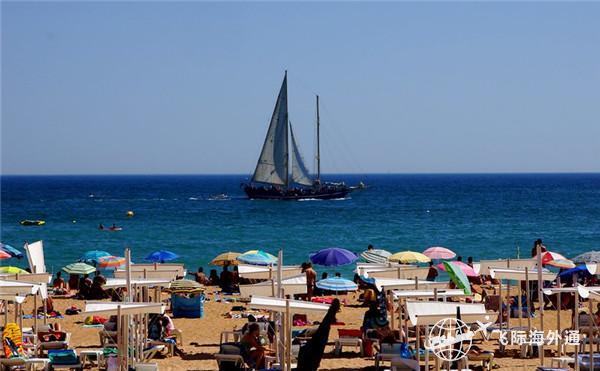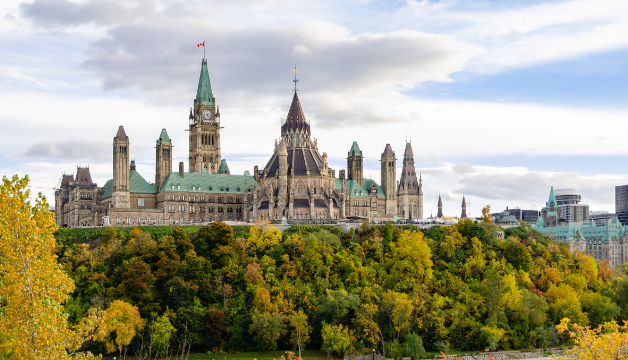The Failure Rate Of Chinese Citizens Applying For A Replacement Maple Leaf Card Is Higher Than That Of Official Data, And The Real Pass Rate Is Revealed
The Failure Rate Of Chinese Citizens Applying For A Replacement Maple Leaf Card Is Higher Than That Of Official Data, And The Real Pass Rate Is Revealed
The latest data from the Canadian Federal Ministry of Immigration and Refugees shows that the success rate of Chinese immigrants applying for reissue maple leaf cards last year was as high as 99.5%, higher than other countries in the world. However, the data does not include the number of applicants who have been investigated or notified of supplementary applications.
The real data on Chinese citizens’ failure to apply for a replacement maple leaf card is much higher than the data provided by the Immigration Department.
The latest data from the Canadian Federal Immigration and Refugees (IRCC) show that the number of Chinese immigrants applying for Maple Leaf Card renewal last year exceeded 37,000, with a success rate of 99.5%, higher than the rest of the world.
However, the data does not include the number of applicants for auxiliary document investigations or notifications, so the real data on Chinese citizens’ failure to apply for a replacement maple leaf card is much higher than those provided by the Immigration Department.
China's maple leaf card application rate is higher than that of other countries
Kerr, spokesman for the Immigration Ministry, said that in 2017, 37,194 Chinese immigrants applied for replacement of maple leaf cards, of which 36,942 were approved, 190 were rejected and 62 were revoked, so the success rate was as high as 99.5%, and only 0.5%.
From January to May this year, 18,487 Chinese immigrants applied for maple leaf cards, of which 18,406 were approved, 57 were rejected, and 24 were withdrawn, with a success rate increased to 99.7%, and a rejection rate of only 0.3%. In other words, this means that only 3 out of a thousand people were rejected.
The Canadian Immigration Agency pointed out that in terms of statistics on Hong Kong immigration replacement maple leaf card replacement, 655 Hong Kong immigration applicants approved 647 people, 647 people were rejected, of which 2 were withdrawn and withdrew at a release rate of 99.1%. From January to May this year, 323 people in Hong Kong applied to replace the maple leaf card, 318 people passed, and 3 people were rejected, with a pass rate of 99.1%.
As for the immigrants in Taiwan where they initially resided, 857 people applied for maple leaf card exchange last year, 842 people passed, 11 people were rejected, with a pass rate of 98.7%, while Taiwan's pass rate from May this year to May this year was 98.4%.

In 2017, the number of people applying for maple leaf card replacement in Canada reached 99.1%, and the number of people rejected was 1,786. The pass rate of Chinese immigrants even reached 99.5%, slightly above the average.
Statistics show that this year, the number of people applying for maple leaf cards in all countries and regions reached 92,608, with a pass rate of 99%, while the passing rate of Chinese immigrants reached 99.7%.
Immigration lawyer explained that the number of Chinese, Hong Kong and Taiwanese provided by the Canadian Immigration Agency does not actually include data that the Immigration Agency is investigating and data that requires additional documents. Therefore, the rejection data provided by the immigration department is different from the actual data.
Reasons for not replacing the maple leaf card
Generally speaking, the following factors are the main reasons why the maple leaf card cannot be replaced:
1. Haven't lived for two years in five years. According to the Canadian Immigration Agency, one of the important conditions for reissueing a new maple leaf card is to stay in Canada for at least 730 days, or two years. If the applicant fails to meet the requirements and fails to meet the actual residence time, he may lose his permanent resident qualification.
2. There is no reliable mailing address in Canada. Whether you are applying for replacement of the Maple Leaf Card or handling other business from the Immigration Bureau, the entire process will involve submitting application materials and you need to contact the address. This mailing address is often accepted by Immigration Canada or other government departments. If there is no reliable email address, it will also affect the issuance of new maple leaf cards.
3. There are no signs of living in Canada. Replacing a new maple leaf card will involve life issues. If the applicant lives in Canada for a long time, he will definitely leave a certificate of life and signs, such as a work certificate, tax records, lease contracts, bank bills, water, electricity and coal bills, etc.
4. Passport time is not continuous. There are many records of going abroad on your passport, or there are few records of going abroad on your passport, which all indicate that living in Canada is short and it is very dangerous to replace a new maple leaf card.
5. There is a record of criminal conviction. According to Immigration Canada, if the applicant has a criminal conviction record, it will also affect the issuance of new maple leaf cards.

Currently, Canada's immigration policies are also collected time and time again. By the end of 2017, immigrants in Manchester had switched from getting a maple leaf card step by step to getting a work visa first and then transferring a maple leaf card, and added the requirement for skilled immigration. Those who want to immigrate to Canada should do this as soon as possible.
The material is from the United States and Canada must read and there are progressive immigration gangs.





